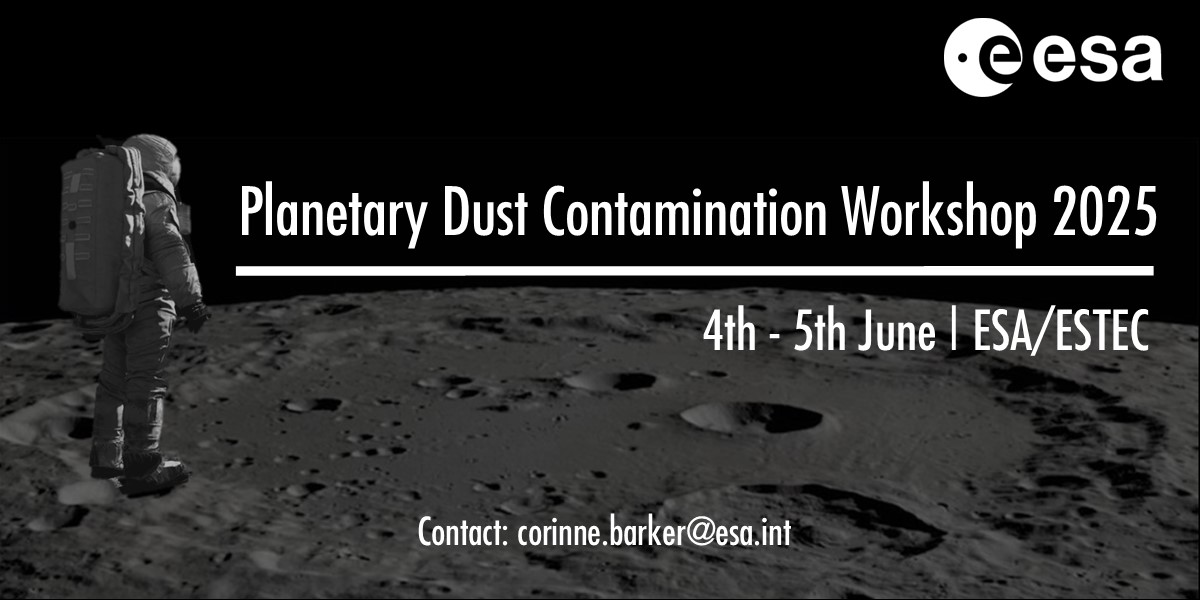Speaker
Description
The possibility of future lunar exploration missions is threatened by the risk that lunar regolith poses to the durability and performance of equipment, as well as to the health of those carrying out activities in the lunar environment. A clear gap in knowledge exists between these challenges and the efficiency of current mitigation technologies. Thus, it is paramount that these technologies are developed, and a primary mitigation method is identified.
This collaboration between University College Dublin and OHB SE investigates the efficiency of multiple techniques for removing lunar regolith simulants of different grain sizes from surfaces of varying roughness. Experiments were carried out in a controlled environment. Three lunar regolith simulants of TUBS-M, TUBS-T, and Kīlauea Volcanic Ash were used in conjunction with three various surfaces including sandpaper, an anodised aluminium plate, and a spacesuit textile. Five various cleaning methods were investigated in this research study, including a Space Brush, Dust Roller, Particle Stamp, Particle Rocker, and Plastic Glue. The cleaning efficiency of each method was measured and compared across different simulant-surface combinations.
Key results indicate that the Particle Rocker performed the best across all lunar regolith simulant and surface types. This is likely due to the large contact area of the tool, its strong adhesivity, and the combined shearing/compressive force exerted by the tool as it rocked back and forth. Furthermore, it was also found that TUBS-T experienced the highest rate of removal across all surfaces due to its flat and tabular morphology. In contrast, TUBS-M experienced the lowest removal efficiency, likely due to the angular and jagged shape of its finer particles.

